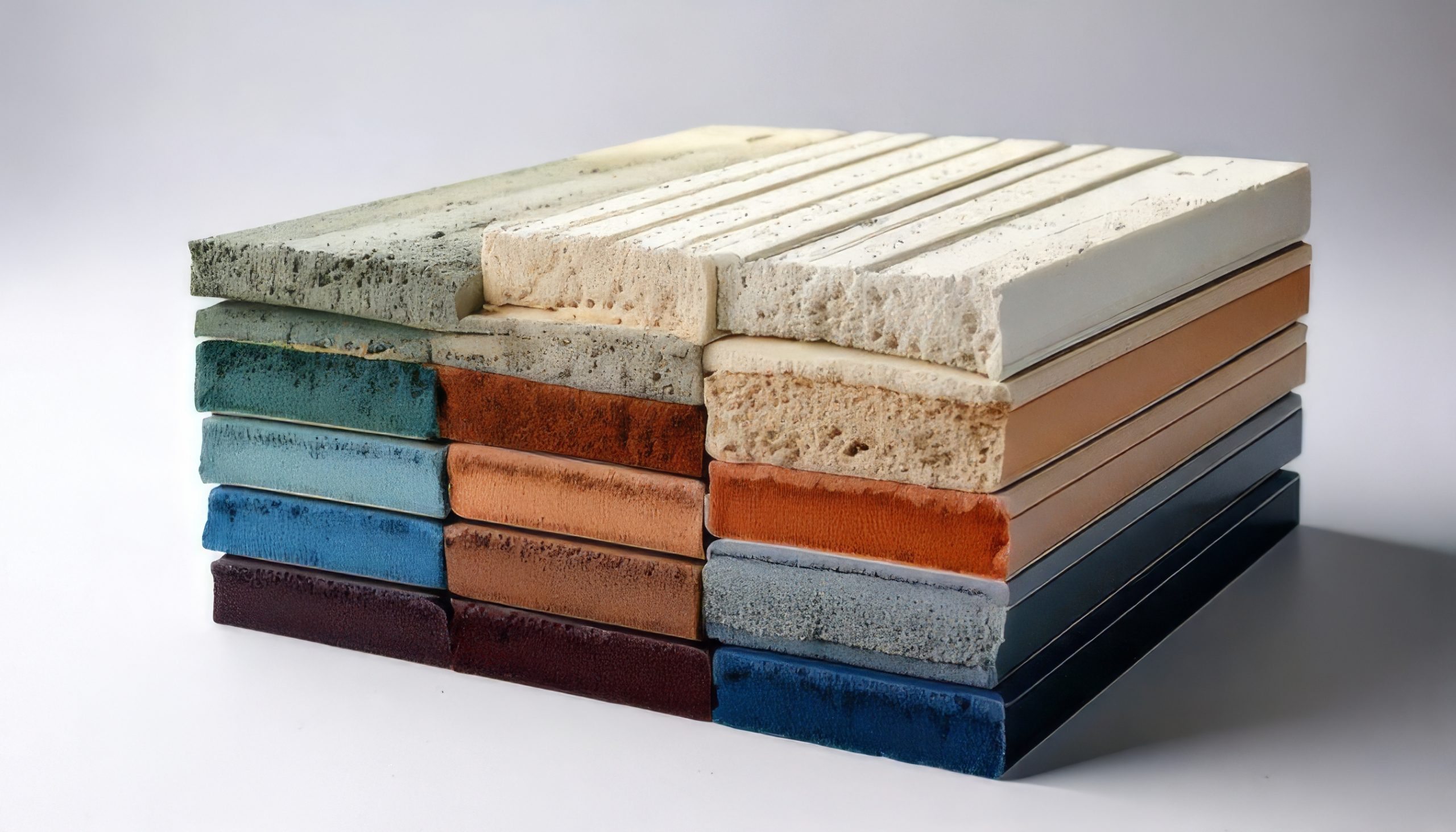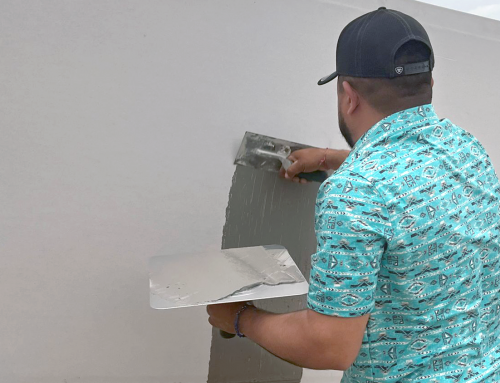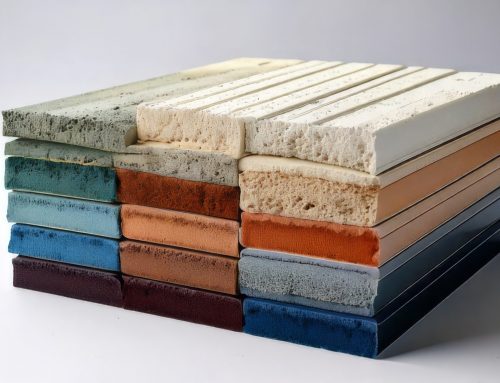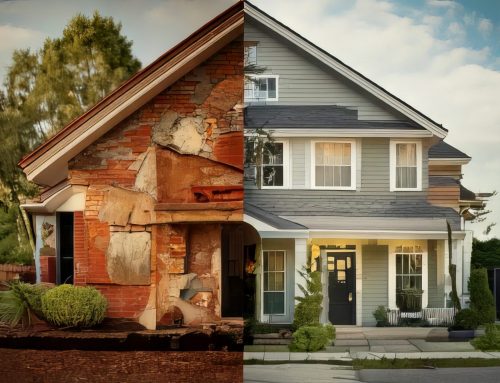Alright, let’s talk mortar! Don’t let the word scare you – it’s something we use a ton in construction, even if we don’t always realize it. It’s the foundation for so many things, and one type isn’t the same as another – each has a specific role. So, forget the fancy names, and let’s get straight to the point!
1. Mortar for Sticking Things (Adhesives):
Think about it: how do bricklayers stick bricks or blocks together to build a wall? With adhesive mortar, of course! It’s the one that has to grip well so the wall doesn’t come crashing down. It’s the same with floors and tiles – you need a glue that holds them firmly to the floor or wall.
At TopK, we have our white Portland cement-based Adhesive. It’s formulated with redispersible polymers that significantly improve adhesion and flexibility. It’s like a special strong glue for ceramic and stone tiles, both on floors and interior walls. Want to use clear joints or stones that let light through? No problem! The white base of this adhesive helps them look great. But hey, be careful! The surface must be clean, firm, and free of contaminants like oils, greases, and loose dust to ensure it sticks as it should. Cleaning with a wire brush, sanding, or pressure washing is recommended as needed. Also, follow the mixing instructions to ensure an optimal water/cement ratio, which is crucial for proper cement hydration and strength development. This adhesive complies with quality standards such as ANSI A118.1, so you can rest assured. To ensure optimal performance, we recommend using a notched trowel of the appropriate size (consult the product data sheet) to achieve proper wetting of the back of the tile and prevent the formation of voids.
2. Mortar That Doesn’t Let Water Through (Waterproofers):
What about places like swimming pools, tunnels, or foundations? We don’t want water seeping through anywhere! That’s where waterproofing mortars come in. They create a protective barrier against moisture.
TopK’s H2OFF is the mortar we use for this. It’s made with cements (for environments with sulfates, a Type II or V Portland cement is recommended) and special additives, like hydrophobic agents, to reduce capillary absorption; ideal for waterproofing concrete, brick, and masonry. You can use it in water tanks, swimming pools, basements, and also on walls and facades. It withstands water pressure, but at the same time allows vapor to escape, so moisture isn’t trapped and we avoid future problems. Important! The surface must be clean and free of cracks for it to work 100%. Proper curing, which involves keeping the surface moist for the first few days, is essential for proper cement hydration and strength development. In addition, the surface must be free of contaminants that may inhibit adhesion, such as oils, greases, loose dust, and curing agents. Cleaning with a wire brush, sanding, or pressure washing is recommended as needed.
3. Mortar for Smoothing Before Applying the Finish (Base Coat):
Sometimes the walls aren’t perfectly smooth, or we need a base before painting or applying another material like stucco. That’s where base coat mortar comes in. Its job? Leveling and preparing the surface.
TopK’s Base Coat is a powder that’s mixed with cement to make this base paste. If ours is a powder, and let me tell you, it’s better because it’s a powder. You can use it on interior and exterior walls, on materials like concrete or cement panels, and even on wood! It leaves a surface ready to receive paint, stucco, or ceramic. Plus, it’s easier to handle because it comes in powder form and lasts longer than traditional paints or coatings. Less waste and more savings! For this product, it is important to cure it, which involves keeping the surface moist for the first few days, which is essential for proper cement hydration and strength development.
4. Mortar for Adding the Finishing Touch and Decorating (Stucco):
Want a wall to look beautiful, textured, and stylish? Then you need a decorative finishing mortar, like stucco. It not only protects the wall but also gives the construction a special touch.
TopK’s Stucco is our star coating for this. It comes in powder form, and when mixed with water, it becomes a super easy-to-apply paste for interior and exterior walls. Best of all, you can give it different textures and finishes, from smooth to rustic, so your wall has the personality you want! It adheres well to various surfaces such as block, concrete, and brick. Careful! It is not recommended to put it on paint or metal. And if the climate is hot, remember to moisten the wall before applying it so it dries well.
That’s the breakdown – each mortar has its specific function. TopK’s Adhesive sticks, providing high tensile and shear strength. H2OFF waterproofs, the Base Coat smooths, and the Stucco decorates. Using the right one is key for a job well done that lasts for a long time. Movement joints are essential to accommodate thermal expansion and contraction of materials, thus avoiding stresses that can cause cracks and detachments. Consult the recommendations of the TCNA (Tile Council of North America) or local standards for the design and location of the joints. So you know, choose the right mortar for each task! It’s important to remember, not only are mortars important, but also technique and knowledge!




Deja tu comentario